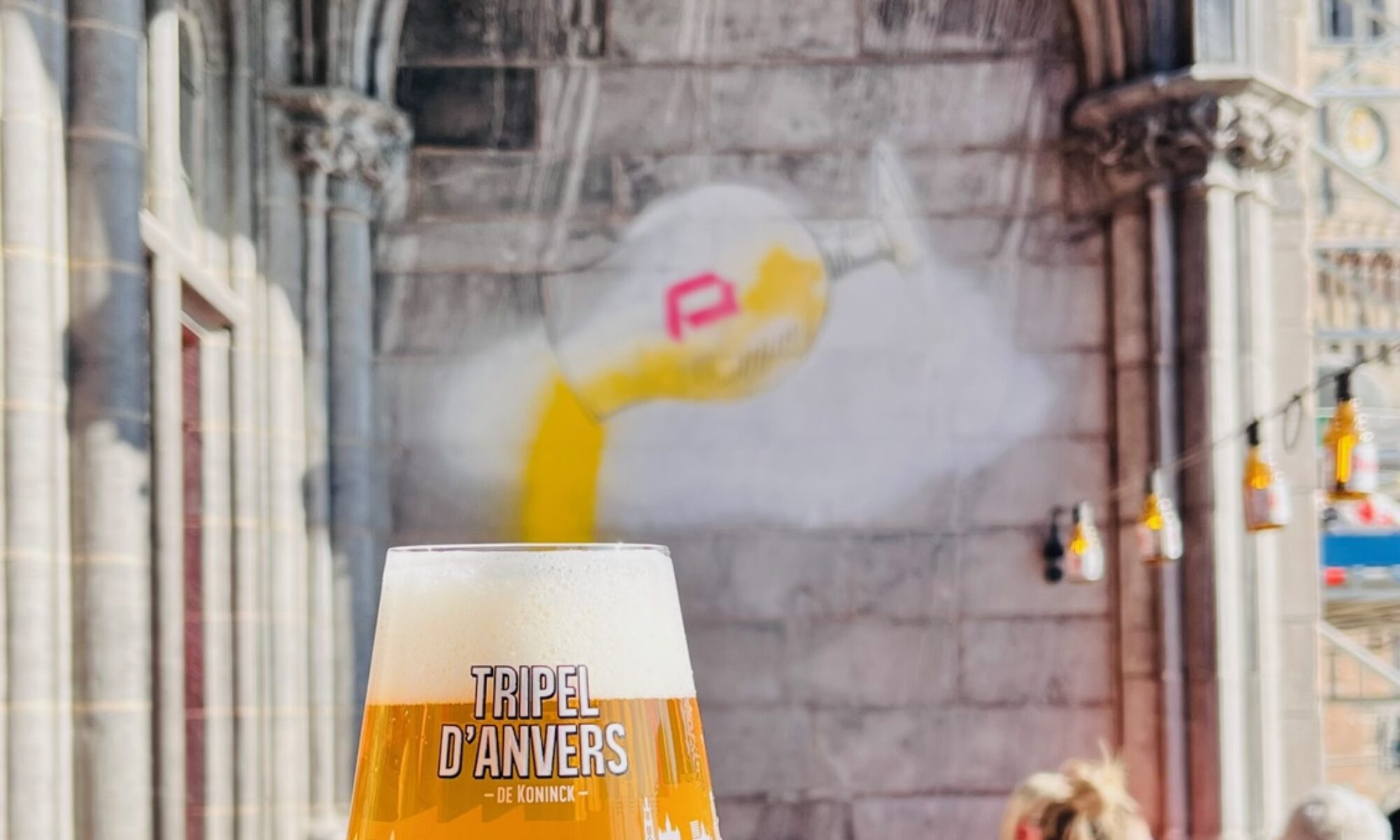I know: German pride, German Purity Law… But in some markets this recently became “the one criteria” that defines a good, respectable, authentic beer.
What’s up with Pure Malt!

In 1516 when Wilhelm IV of Bavaria signed the Reinheitsgebot, he addressed a very important need,… back then. Beer was consumed in large quantities and was not always brewed to a decent quality and – can I say – in a transparent way. There was a need to put things straight and protect people from any form of unhealthy adulteration.
But if you look much further back in time, talking 5-6000 BC, beer was at the other extreme of creativity. Beer used all forms of grains, malted or not, fruits and spices, honey, …and was fermented by all possible wild yeasts and bacteria. Beer was brewed to a level of experimentation way beyond the most extreme craft brewer of today.
China has been using rice in beverages (whatever hybrids of rice wine, sake and beer) since the early days. They understood before everyone else the importance of rice polishing, to remove the outer layers rich in fatty acids, themselves leading to rancid flavors. On each bottle of Sake you’ll find a level of polishing, … the more, the higher the quality.
The German themselves (along with the Dutch) were the ones who brought beer to the US. As they settled on the East coast, they had to deal with a different variety of barley, richer in proteins. To recreate the “taste of home” and in many places also to deal with barley supply issues, they learned to use other grains, like rice and corn (and pumpkins and zucchini’s).
Corn itself ended up being a fundamental ingredient to produce American whiskey (Bourbon) which now must contain at least 51% of corn by law.

Belgian Witbier have always been brewed with raw wheat (by law , in Belgium, you must use 40% raw wheat to brew a Witbeer). This means that some of the most traditional styles would just not exist if they would be pure malt. Lambic are also brewed with raw wheat (must contain >30% raw wheat) using a technique that leaves some starches in the wort to support slow development of the wild microflora.

Candy brown sugar is another traditional sugar that was already used in the middle age and makes up the bill of respected Trappists and Abbey beers. Definitely not pure malt.
I’m not sure when in history rice and corn became a “wrong” thing. Post war they may have been used to keep beer affordable. There was some pressure from Washington to keep the price of beer low. During WWII, Roosevelt ordered that 15% of the US production would be saved for the troops! People just deserved beer.
And that created a style. The American lager (and the lighter versions of it) contains some fractions of corn or rice which are essential to their taste profile. Make a Miller and a Bud pure malt and you’ll ruin the profile just the same way as you’d ruin a Spaten Helles made with corn.
The German way became a trademark, forcing creativity in a “smaller” box. It mostly shaped some unique malt forward styles of beers. I’m glad the world kept exploring beyond that box to the 120+ beer styles on shelves today without talking about all the numerous hybrids out there.
And I wish we don’t follow this trend and end up with only pure malt beers in 10 years from now.
Now, don’t get me wrong. The proof is in the pudding. Whatever creative, exploratory or traditional… the beer must be first and foremost extremely good and like a chef, each and every ingredient must have a reason to be in.


